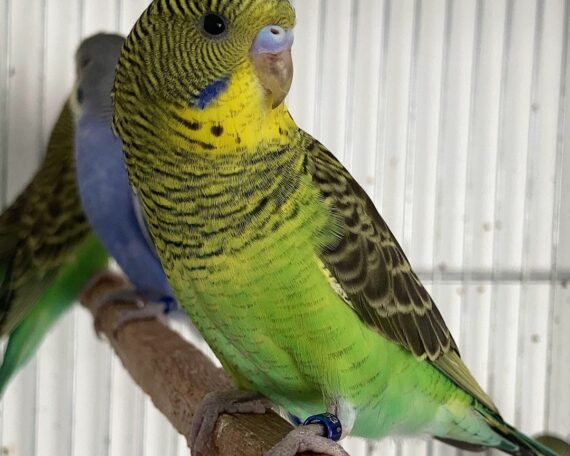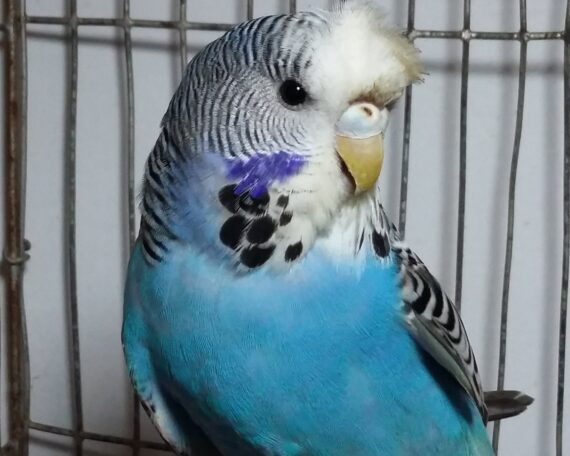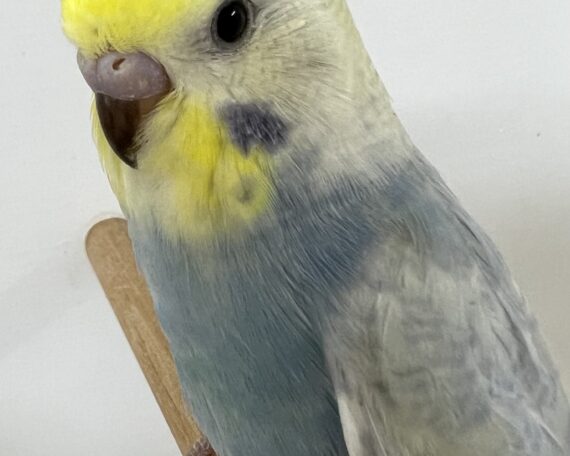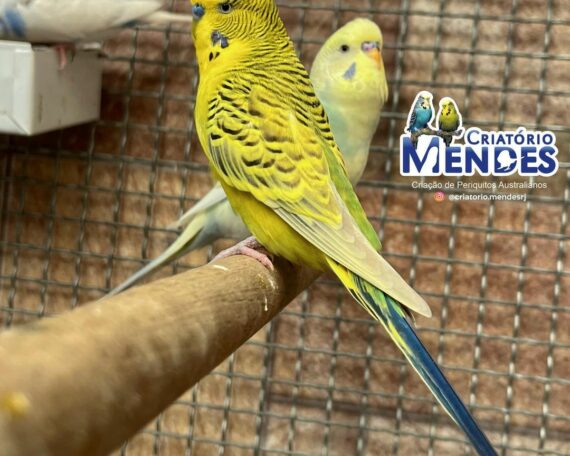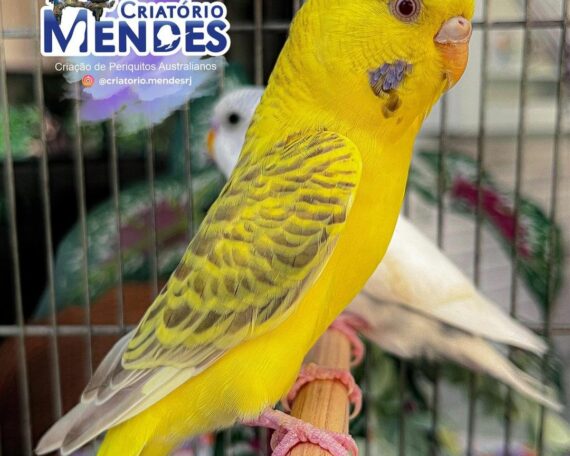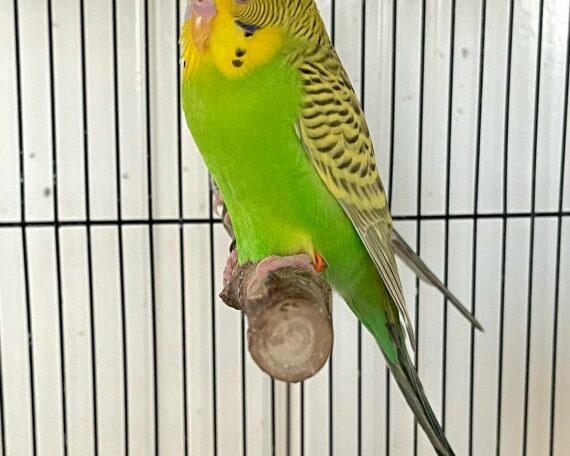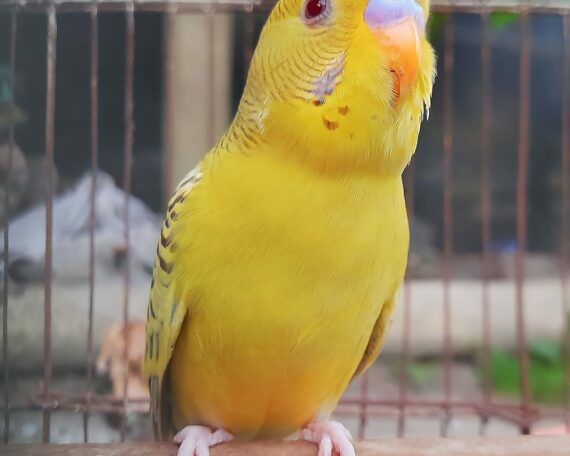Blackwing Budgie
This interesting melanistic mutation was first discovered by Venezuelan breeder Mr. Edixon Laya in 2002 when he found several mutant birds by chance at a house visit. After purchasing them and attempting to develop the mutation, he passed them off to Alejandro Álvarez, a star breeder known for his champion birds. Álvarez was able to


